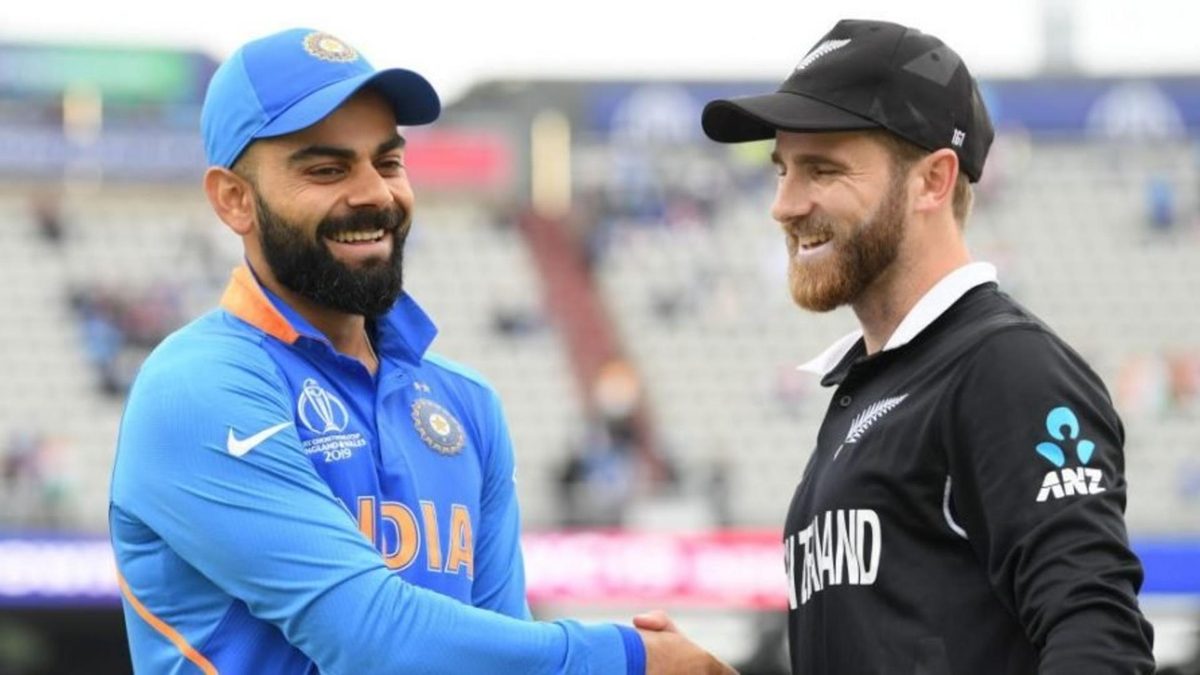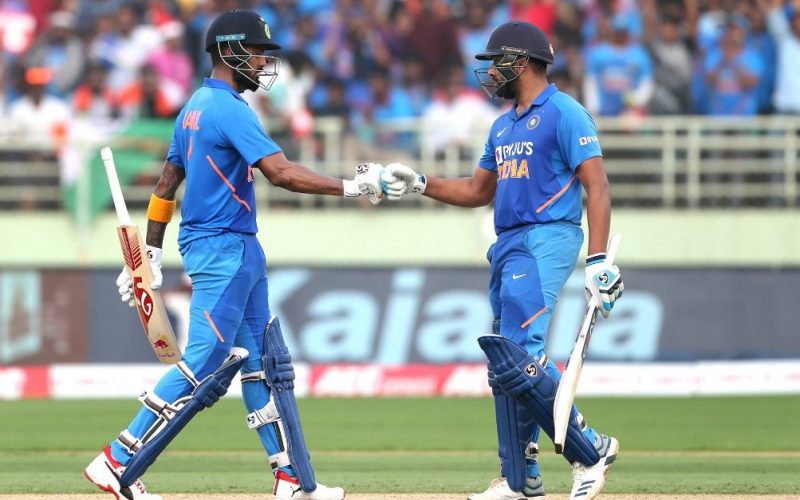
Virat Kohli was categorical: when India play New Zealand on a full tour, starting with the first T20I on Friday, there will be no talk or thought of revenge. “Even if you want to think of revenge,” he said, “these guys are so nice that you can’t get into that zone.”
Six months after they lost to New Zealand in the World Cup semi-final, India are set to meet their vanquishers again – but this time arguably wiser and steelier.
But that does not mean those rainy couple of days in Manchester back in July have been all forgotten. Introspection into the “45 minutes of bad cricket” that Kohli blamed for the World Cup exit back then has led India towards making changes in the following six months – some incremental, some tectonic. With an eye on the T20 World Cup in Australia later this year, they have altered their attitude and approach, as well as personnel, and the away tour to New Zealand will be a big test of these changes.
India, led by an in-your-face Kohli, have always been formidable and hungry for competitive success. Now, their captain is demanding a controlled and more continuous intensity, allowing less chance for a poor “45 minutes” or uncontrollables such as the toss to change everything. An energy more nuclear that fiery. ‘Clarity’, of thought, of process, of confidence, is a mantra.
“A series that began with a debate about KL Rahul v Shikhar Dhawan in the XI has quickly become about KL Rahul v Rishabh Pant.”https://t.co/mbQVQLQ7B6
— Wisden (@WisdenCricket) January 20, 2020
“We spoke after the World Cup the way we exited, you can’t always look for a situation that should go your way at the toss,” he said. “If we like chasing as a team, it doesn’t mean we press the panic button if we lose the toss, we’ve to stay composed enough to put in strong performances. We’ve literally taken the toss out of context, and we’re as prepared as possible to do something the opposition asks us to do.
“That’s been the difference, even if we lose the toss, we have the belief that we can play expressive cricket to get results our way. The last six or eight months have been a revelation.
“Again, [if] we bat first and in case we’re defending a low total, we should be able to do that as well. Clarity of mind is really crucial because we’re playing in conditions that are not ours, so we have to take even more intensity into that series to put the home team under pressure, set that sort of template from game one and build from there.
“We can’t afford to ease into the series after two games … Clarity of mind and execution is something we keep speaking about as a team, and not think about what if things go wrong.”
 A mix of youth and experience is working well for India – AFP
A mix of youth and experience is working well for India – AFP
This philosophy, glimpses of which was seen in the matches against West Indies where India showed an inkling to take on the game before they were consumed by it, threatened to unravel against Australia in Mumbai where the hosts were pummelled to a 10-wicket loss. But then, it helped them bounce back to comprehensively win the next two matches and reclaim the series. Challenged by a team known for their own ‘intensity’ on the field, India worked to match that and emerged ahead.
There have, of course, been missteps beyond Mumbai. The clarity that Kohli so desires is not yet a given in team selection. MS Dhoni, who kept alive hope in the semi-final, no longer figures in the set-up, and it seems as if only recently have India stumbled into identifying the right balance for the side.
For now, though, the mix of youth and experience is working and their young middle order is more settled than in the past year. “The younger guys stepping up is a very good sign for Indian cricket,” Kohli said after the Australia series, even as he acknowledged the role of the experience top order and pace bowlers in setting the direction for the win. The skipper’s coaching of Shreyas Iyer in the final overs of the chase of 287 in Bengaluru offered fascinating insight into the dynamic in the team. At a time when they needed 41 off 42 balls, the senior urged his younger partner to see out, rather than attack, Adam Zampa’s leg-spin.
“When we played that over out, I told him, now you’ve earned the right to go really hard in this over and really express yourself,” Kohli explained. “And if they bowl the short ball, take it on, because once you execute that in the game, then you get over that mental block, if any. I don’t think he’s going to have any issues anymore… My job as a senior batsman is to give clarity to the younger batsmen when they are in situations that they can learn from so they can remember and keep repeating in even at a time when we don’t play and these guys are still playing.”
These steps forward, along with India’s traditional strengths – a dominant top order with two of the best limited-overs batsmen in the world and a versatile, intimidating bowling attack – should serve them well in New Zealand. Twice in the past week, Kohli has misspoken to the press, saying India beat New Zealand last time in “both” series. They did not; while they comprehensively won the ODIs, the hosts claimed the T20I series. But perhaps, this time there are reasons to believe it will be different. Although the unique challenges posed by New Zealand conditions and the Black Caps’ style of cricket, will always likely throw up more questions for the months to follow, for now, they know at least where to look for the answers.








